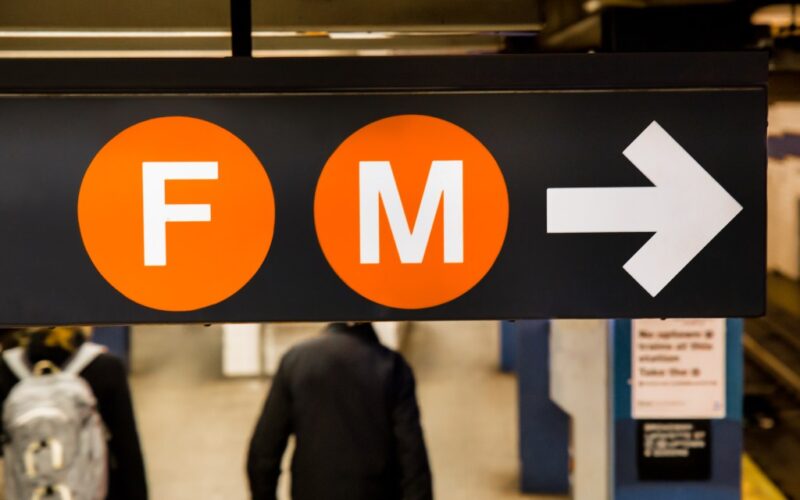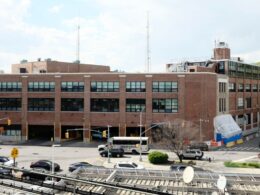The MTA will be swapping the East River crossing points of the F and M trains, in a move meant to simplify the route across a major interlocking in Queens and speed up travel between the borough and Manhattan.
Starting in late fall, M trains will cross the East River through the 63rd St. Tunnel, making stops at 21st. St.-Queensbridge, Roosevelt Island, Lexington Ave.-63rd St. and 57th St. — all stops currently served by the F train.
Similarly, the F train will transit the river via the 53rd St. tunnel that currently carries the E and the M trains. The newly-rerouted F will stop at Fifth Ave. and Lexington Ave. in Manhattan, as well as Court Square and Queens Plaza in Queens.
The tunnel swap will keep the trains from having to cross over each other’s route at a complicated bank of switch tracks under Long Island City known as the 36th St. interlocking.
“Allowing the trains to stay on the same tracks as opposed to crossing over there is just going to be huge,” NYC Transit President Demetrius Crichlow told the Daily News. “Any time you have to wait for a switch in order to run your service, it is going to take additional time.”
Crichlow said the re-route will improve service simply by virtue of running each train under Queens in a straighter line — but detangling the lines will also limit the number of trains impacted by a slowdown on the others.
“The E will share track with two lines instead of three,” Crichlow said. “The M will share track with three lines instead of four.”
“This will reduce the delay risk to the entirety of the E, F, M and R lines along the Queens Blvd. corridor,” he added.

Sarah Wyss, MTA’s acting chief of operations planning, said the change is expected to go into effect by the late fall.
“We are still doing outreach to elected officials, community boards and other stakeholders,” she said. “So far, much of the response we have gotten is positive.”








